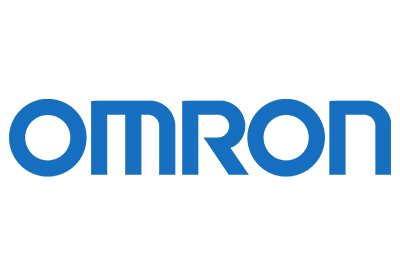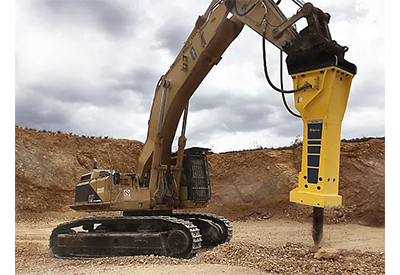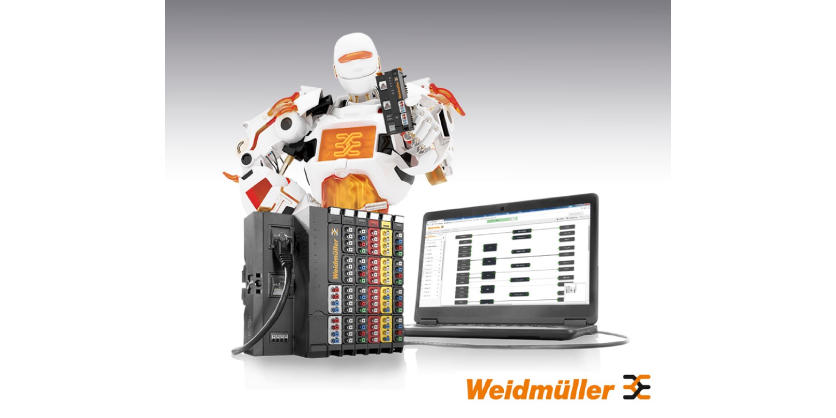ABB System Enables Key Climate Research Expedition
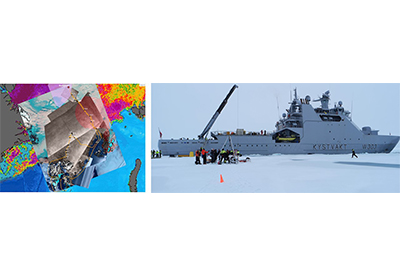
March 31, 2020
The research expedition’s main purpose was to improve collection of onsite observations in the central Arctic Ocean, such as information on how warm and dynamic the ocean is under the ice. The data collected will be used to check whether climate models are able to reproduce the observed changes, which will in turn be used to improve climate projections.
Read all about the research mission enabled by the 104-meter icebreaking offshore patrol vessel equipped with two 5MW Azipod® propulsion units here.
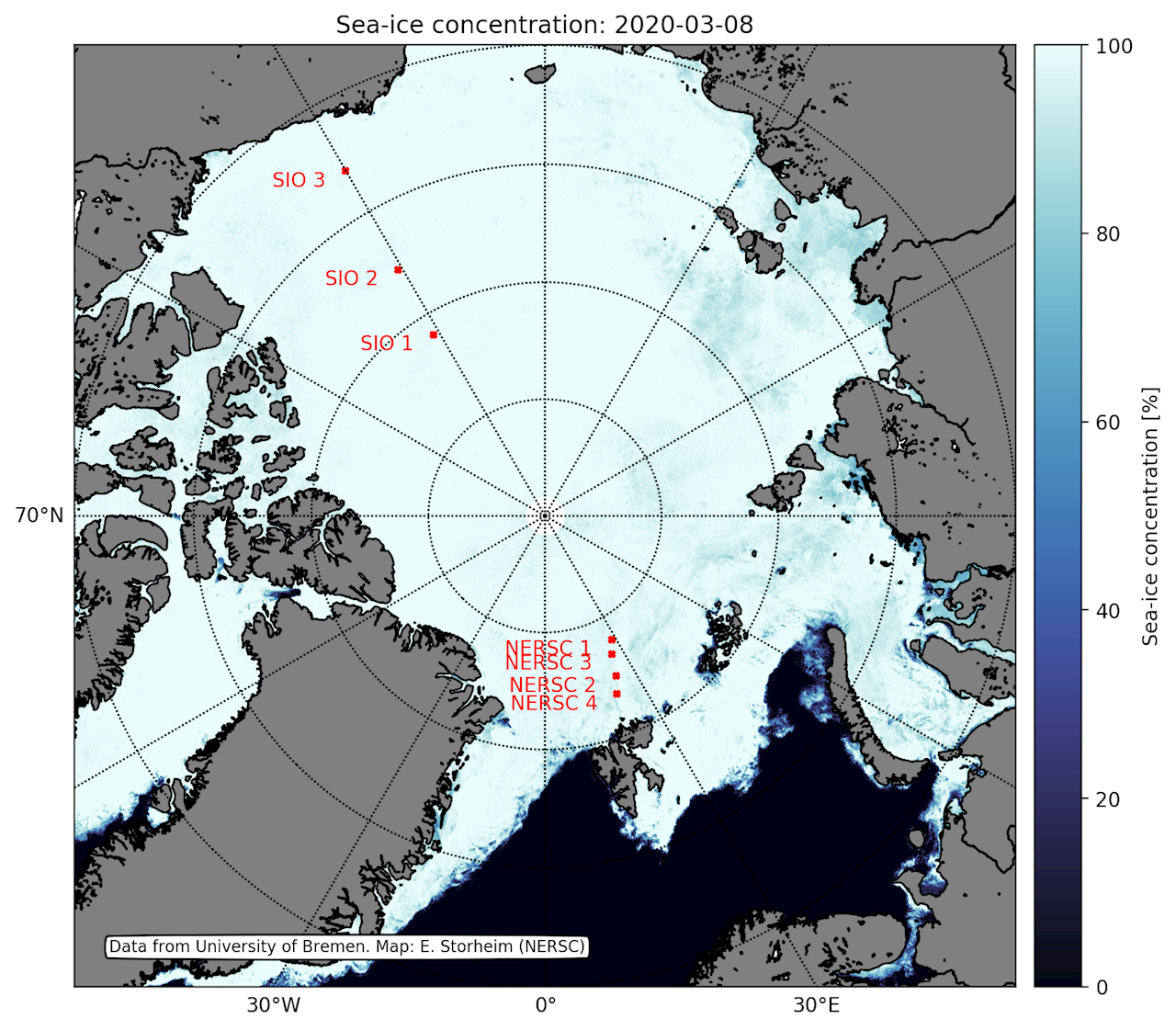
The navigation of the ship required extensive analysis of high resolution Earth Observation data from several providers and satellites e.g. Synthetic Aperture Radar data from Sentinel 1, Radarsat 2, and Cosmo Skymed. AMSR2 passive microwave data were used to observe the ice concentration (color coded). The optical images (e.g. Terra Modis) were, under cloud free conditions, used as support to detect open leads and ridges. Automatic Identification System (AIS) was used to observe the details of changes in ice drift, both via satellites and buoys deployed around the ship. The photo shows the KV Svalbard with the deployment of ice tethered profiler (ITP) buoy at the North Pole in the foreground. The ITP autonomously measures oceanographic profiles while it drift with the ice. These data are sent back to scientists at Woods Hole Oceanographic Institution in near real time via IRIDIUM.
The geometry of the 2019–2020 Coordinated Arctic Acoustic Thermometry Experiment (CAATEX) and the Integrated Arctic Observation System (INTAROS) experiments. The acoustic moorings at SIO1 and NERSC1 carry both source and receivers. There are four vertical receiving arrays: SIO2, SIO3, NERSC2, and NERSC3. The mooring at NERSC4 (green) has conventional oceanographic instrumentation to measure temperature, salinity, and currents. The SIO moorings were deployed by Scripps Institution of Oceanography using the US Coast Guard ice breaker Healy. The sea-ice concentration on 31 October 2019 is from the Advanced Microwave Scanning Radiometer 2 (AMSR2) dataset provided by the University of Bremen (Spreen et al., 2008).


